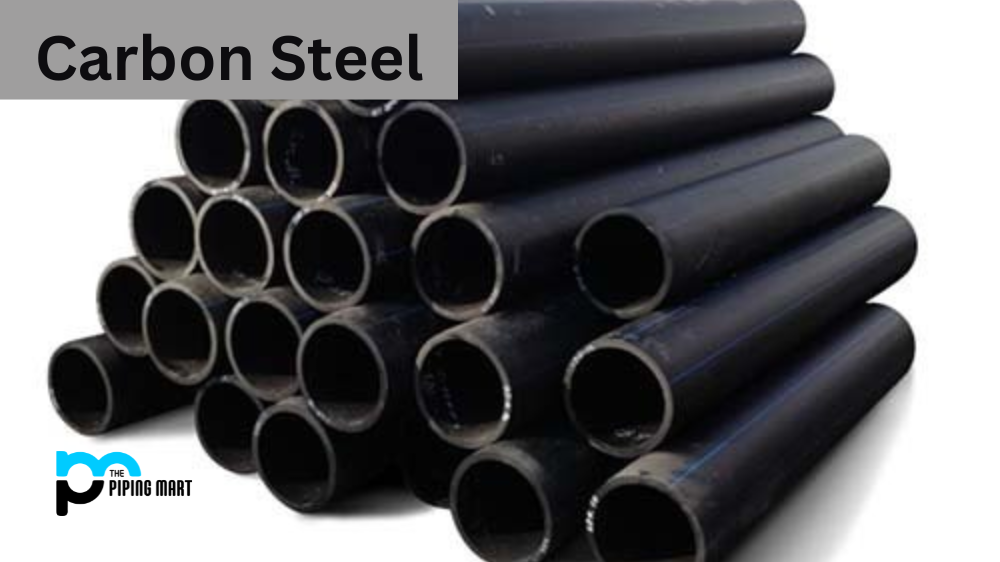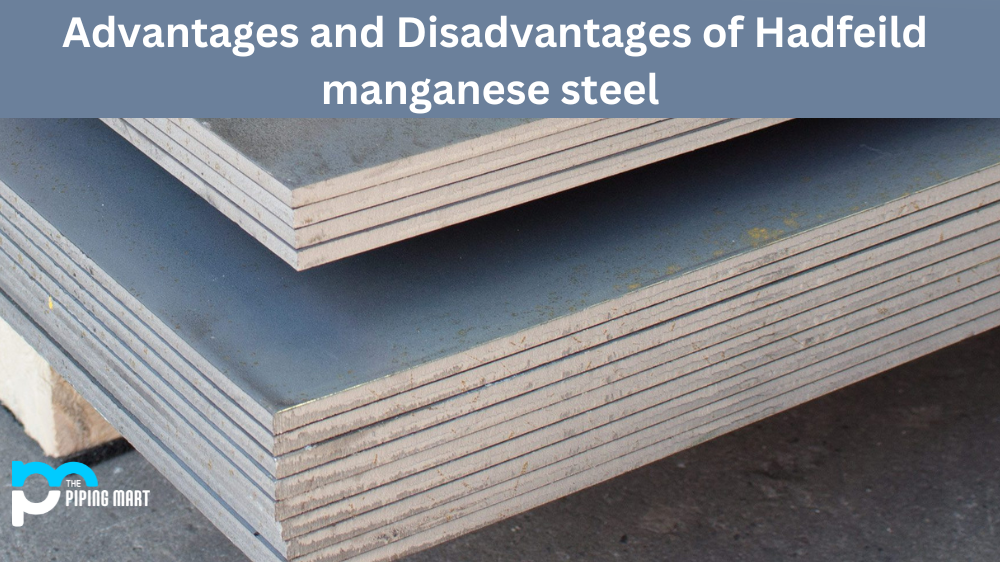Carbon steel has long been popular for infrastructure projects such as bridges and buildings. Considering its high strength, durability, and cost-effectiveness, it’s no surprise. Carbon steel can be found in almost every infrastructure project, from structural beams to reinforcing bars. In today’s blog post, we’ll take a closer look at the use of carbon steel in infrastructure and explore some of its benefits.
What is Carbon Steel?
Carbon steel is a versatile material used in many infrastructure projects. It’s made up mostly of iron, with a very small amount of carbon. Compared to other materials like aluminium or stainless steel, carbon steel is much stronger and more durable, making it ideal for structures requiring strength for long-term reliability.
It’s the go-to material for many construction projects, from bridges and pipelines to power plants and offshore platforms. Its low cost makes it especially attractive to engineers looking to save costs without sacrificing quality or safety. With its high strength-to-weight ratio, extremely good weldability and ease of fabrication, it’s clear why carbon steel is such a popular choice for infrastructure projects worldwide.
Strength and Durability:
One of the main advantages of using carbon steel in infrastructure projects is its exceptional strength and durability. Carbon steel can withstand immense pressure and weight, making it suitable for long-span bridges and high-rise buildings. Its durability also means it can withstand harsh weather conditions, making it a popular choice for infrastructure projects in areas prone to natural disasters like hurricanes, earthquakes, and floods.
Cost-Effectiveness:
In addition to its strength and durability, carbon steel is also a cost-effective material. It’s one of the most affordable types of steel available, making it a popular choice for large-scale infrastructure projects. Moreover, because of its strength and durability, carbon steel requires minimal maintenance, reducing long-term costs significantly.
Versatility:
Carbon steel is versatile, making it suitable for various infrastructure applications. It’s used in almost every infrastructure project, from structural beams to reinforcing bars, including bridges, buildings, tunnels, and roads. Additionally, carbon steel can be easily fabricated into different shapes and sizes, making it suitable for customized applications.
Sustainability:
Carbon steel is a sustainable material with excellent recycling potential. Because it’s 100% recyclable, carbon steel can be repurposed and used in new infrastructure projects, reducing the need for new raw materials. Recycling carbon steel can reduce greenhouse gas emissions and conserve natural resources.
Future Applications:
As technology advances, we expect to see an increase in the use of carbon steel in infrastructure projects. New carbon steel alloys that are stronger, lighter, and more durable than ever before are being developed. We may soon see new infrastructure projects that utilize advanced carbon steel alloys, such as bridges that can withstand earthquakes or buildings resistant to fires.
Conclusion:
Carbon steel is essential for infrastructure projects, offering exceptional strength, durability, and cost-effectiveness. Its versatility and sustainability make it an ideal choice for various applications. As technology advances, we can expect new and exciting carbon steel applications in infrastructure projects that will help us build safer, more sustainable, and more resilient communities.
Sakshee is a talented blogger, with a particular focus on the Business and Metal Industry. She is passionate about sharing her insights on various metal products and helping professionals to make a better decisions.




